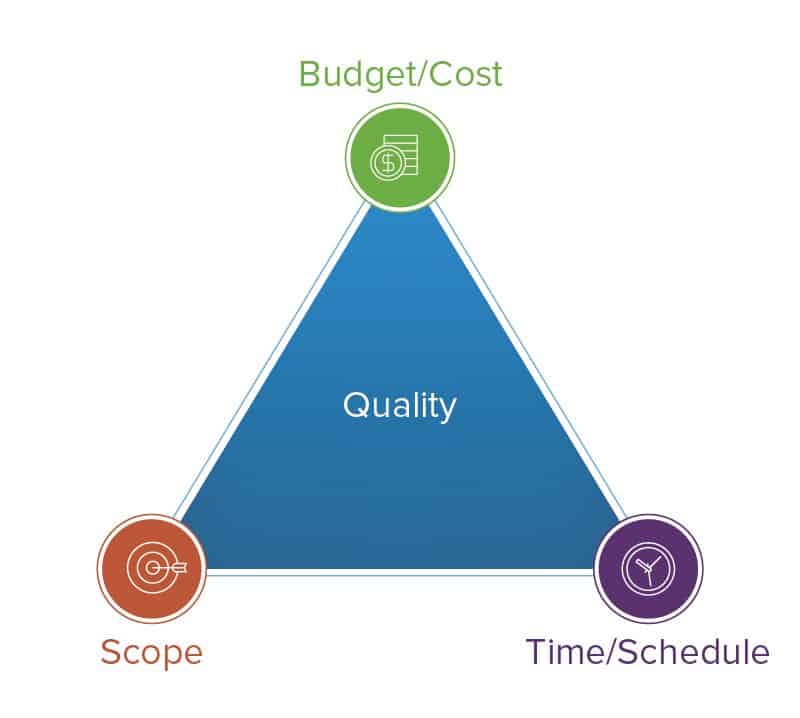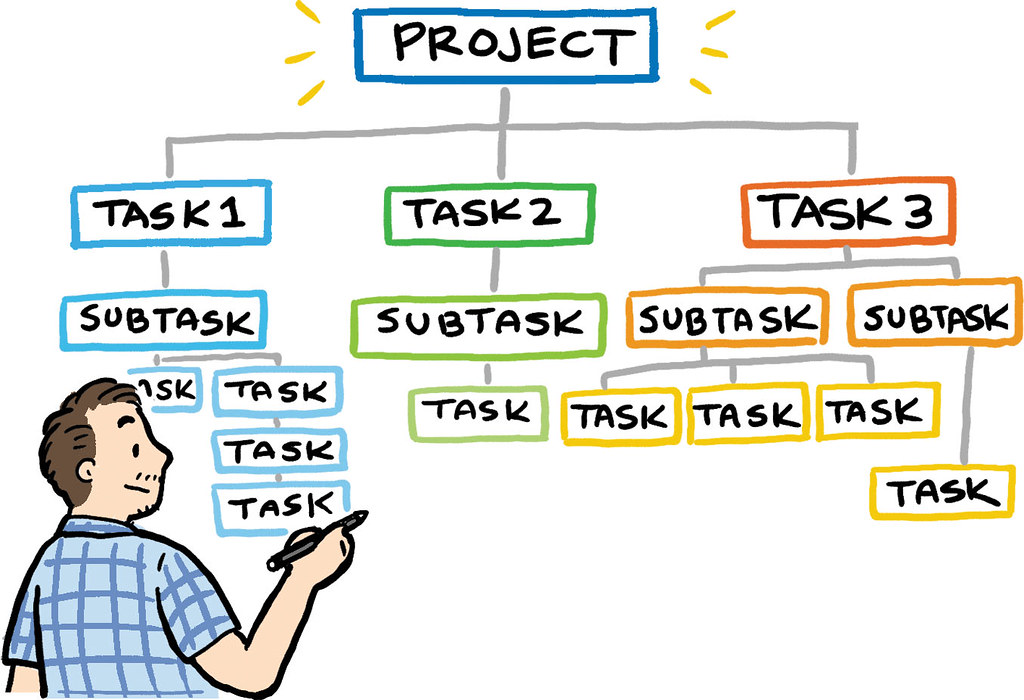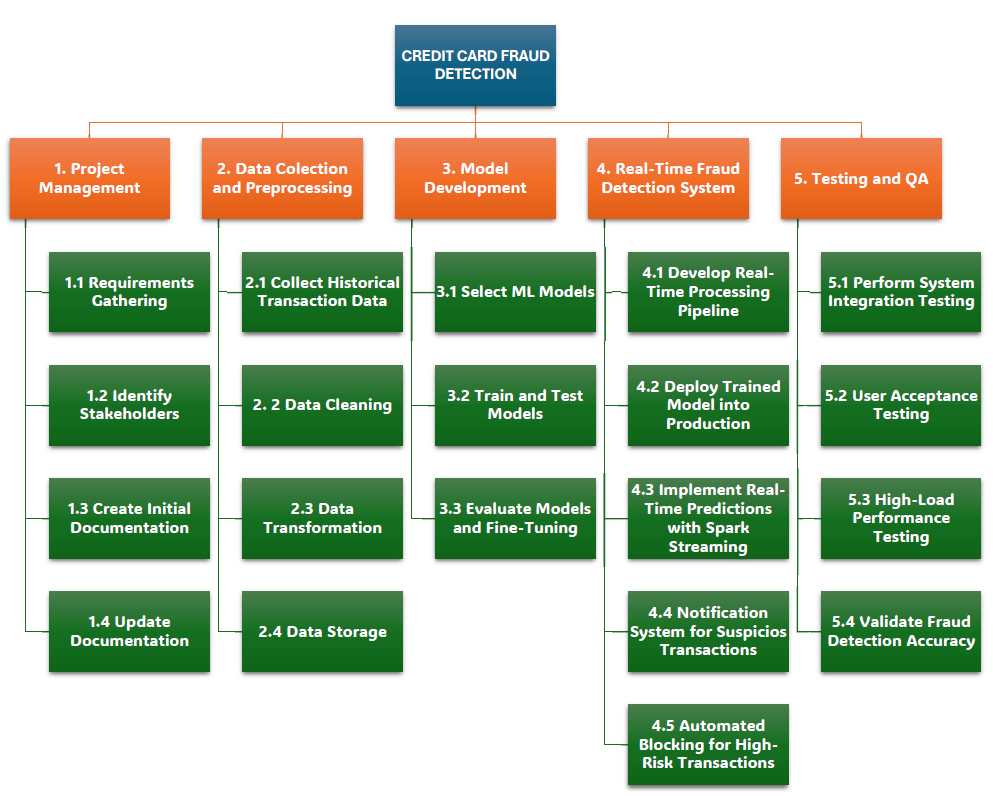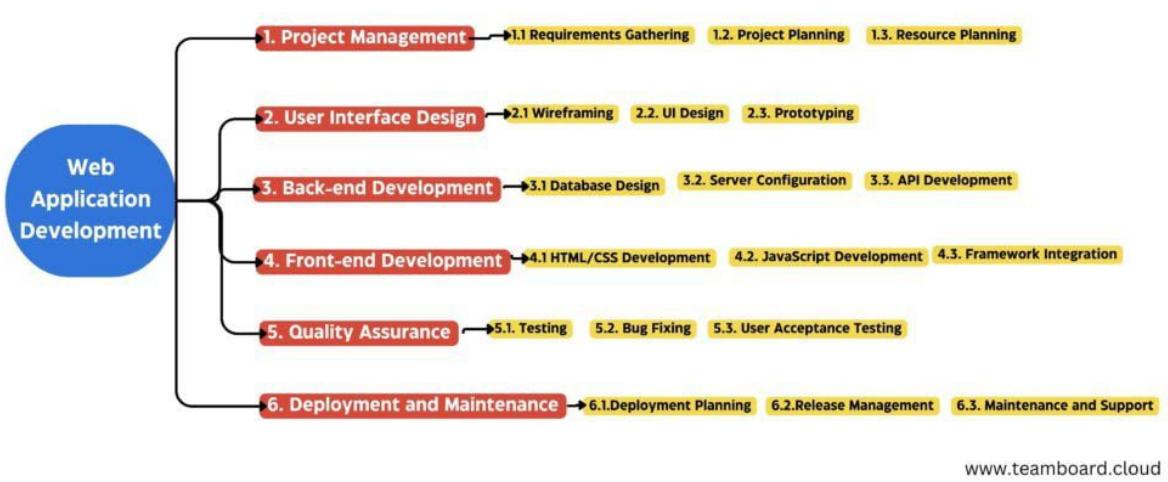BDB650
Classical PM
PM Triangle: Scope
Summary
What is a Project
PM Standards
PM Triangle
Scope
Work Breakdown Structure - WBS
What is a Project
Formal Definition
From the PMBOK:
"A temporary endeavor undertaken to create a unique product, service, or result."
Project Characteristics
→ Projects are unique
→ Projects are temporary in nature
→ Completed when the project goals are achieved
→ Success equals meeting or exceeding expectations
Project vs Operations
| Project | Operation | |
|---|---|---|
| Timeline | Temporary | Ongoing |
| Nature | Unique | Repetitive |
| Goal | Drive change | Keep things going |
Project Management Standards
PMI History
The Project Management Institute (PMI) was founded in 1969 to:
→ Provide a forum for sharing of experiences
→ Coordinate research efforts
→ Develop common terminology and techniques
PMI Present
The PMI now has almost 700 thousand members from more than 200 countries
Its first certification, the Project Management Professional (PMP) was launched in 1984
More than 260 thousand individuals hold a PMP Certification
Launched its first Project Management Body of Knowledge (PMBOK) Guide in 1987
PMBOK
The PMBOK Guide, now in its seventh edition, has millions of copies in circulation
Provides a set of standard terminology and guidelines
It has been chosen as a standard by both the ANSI as well as by the IEEE
Project Management Triangle
Introduction
The quality of a project is dictated by three factors: scope, budget, and time
The combination of these factors is called: Project Management Triangle
Up to the manager to to achieve a proper trade-off
"Good, cheap, and fast. Pick two!"
Triple Constraint

In this class will discuss scope
Next class we will discuss time and cost
Scope
Scope and Deliverables
The scope of a project is the set of all deliverables that you and your team will create
In Scrum words: All of your Product Backlog
Might include intermediate steps: documents, plans, schedules, budgets, blueprints, etc.
Deliverables and Requirements
Deliverables are products, services, or outcomes created to fulfil the requirements
Requirements describe the characteristics of the final deliverable
They describe the required functionality and/or specific conditions the final deliverable must meet
Types of Requirements
Functional: characteristics of the final deliverable
Non-functional: restrictions and constraints
Technical: Specify how the project will be designed
Business: Needs of the organization
User: user experience
Regulatory: restrictions and laws
Collecting Requirements
Eliciting techniques:
→ Interviewing stakeholders
→ Holding focus groups
→ Questionnaires and surveys
WBS
Work Breakdown Structure
→ Deliverable-oriented grouping of the work involved in a project
→ Provides the basis for planning and managing project schedules, costs, resources, and changes
Work Breakdown Structure

Work Breakdown Structure
Should contain all work involved (100% rule)
Hyerarchical Structure
No overlap in scope between different elements
Should have a coding scheme
Deliverable-Based or Phase-Based
WBS Example 1

WBS Example 2

Reading Material
Project Management Skills for All Careers (Chapters 3, 4, and 11.1 - Blackboard)
Project Management (Chapter 9 - Blackboard)